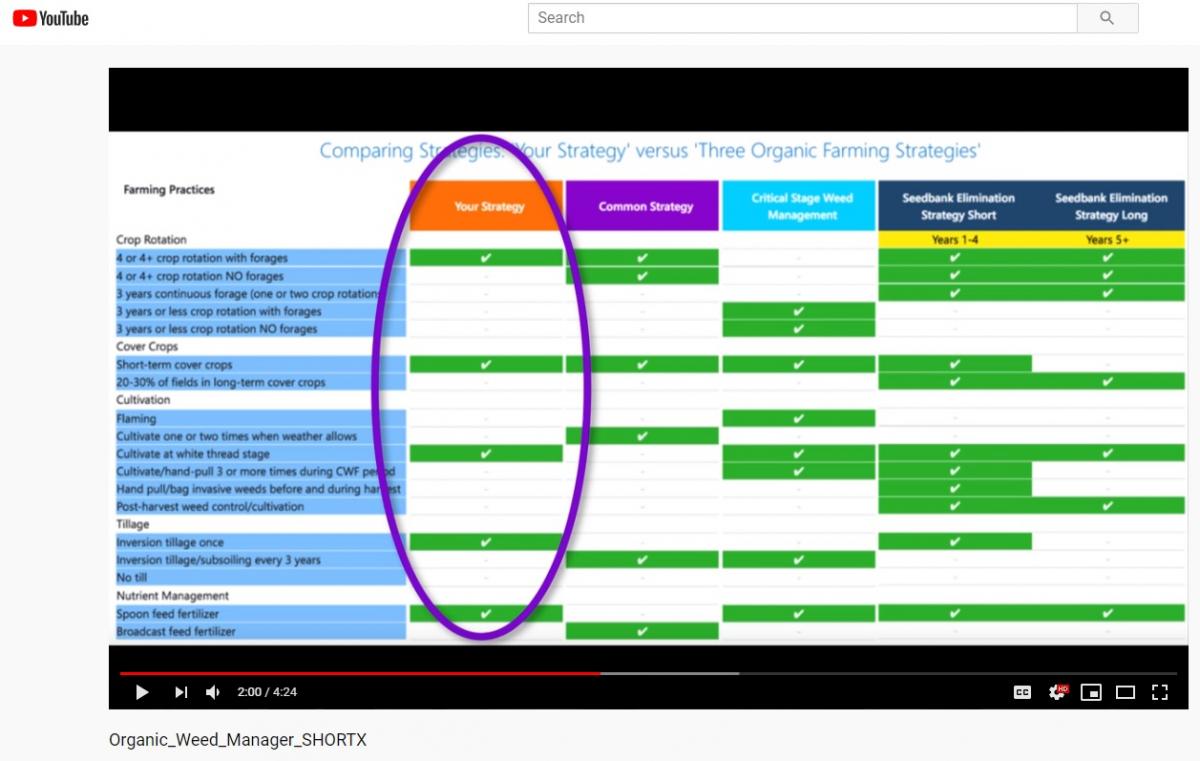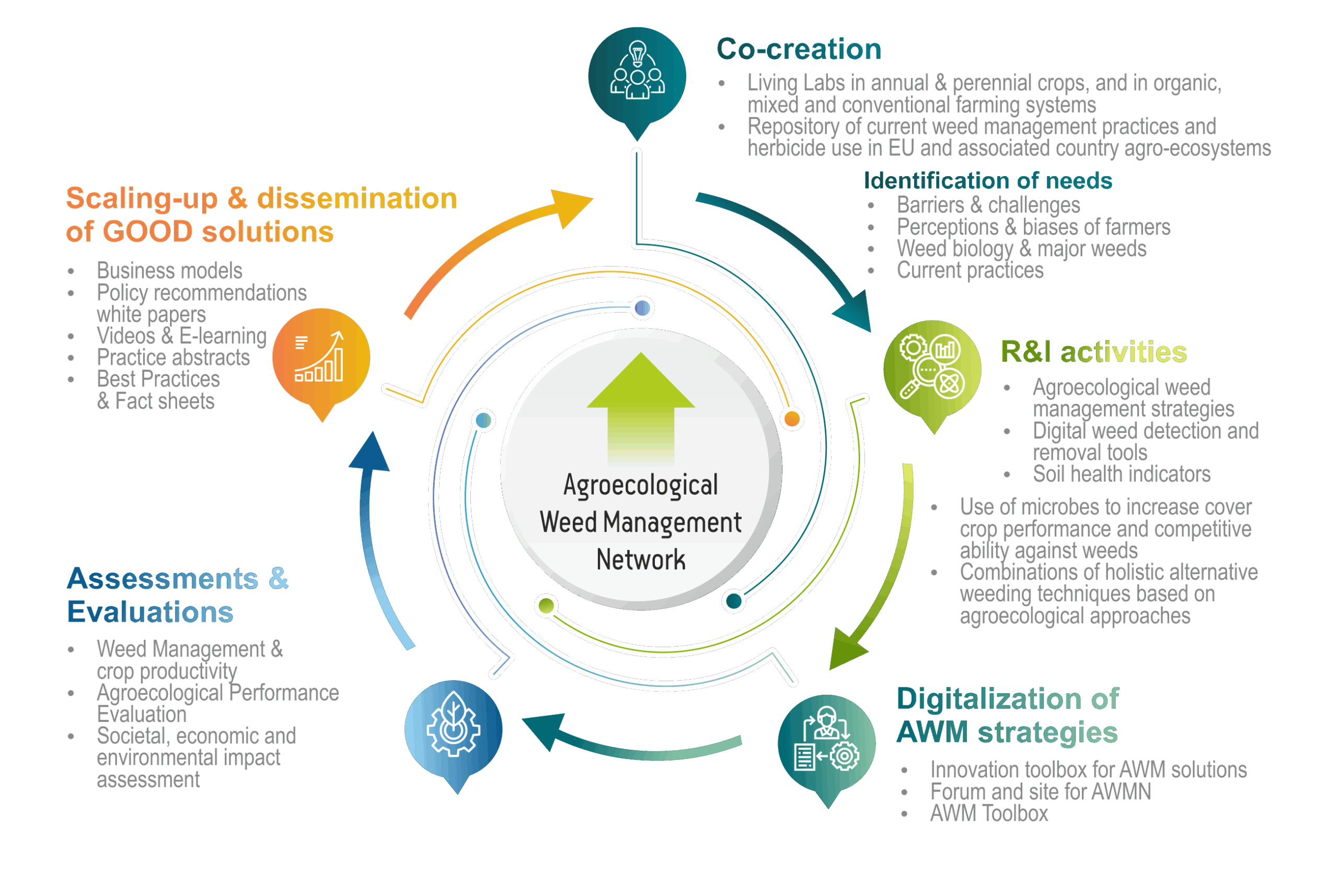Tackling Weeds Before They Take Root

Weeds aren’t just an eyesore—they fiercely compete with your plants for vital nutrients, water, and sunlight. Whether in a garden or a farm, they can smother crops, slash yields, and demand ongoing manual or chemical removal. But imagine if you could halt weeds before they even emerge? Preventing weeds at the earliest stage—before they sprout—is one of the smartest, most efficient ways to manage them. This approach cuts down on labor, reduces reliance on herbicides, and fosters a healthier, cleaner growing space. Here, we’ll explore proven, natural, and practical strategies to stop weed seeds from germinating and establishing themselves in your soil. Let’s uncover how to keep your garden or field free of weeds right from the outset.
Understanding How Weeds Germinate
To effectively prevent weeds, it’s crucial to grasp their growth triggers. Weed seeds are incredibly resilient, often lying dormant in soil for years or even decades, waiting for the perfect mix of light, moisture, and warmth to sprout. Activities like tilling or planting disturb the soil and expose seeds to light, awakening them from dormancy and prompting germination.
Key Conditions That Spark Germination:
- Soil disruption (e.g., digging, tilling)
- Exposure to light
- Adequate moisture and warmth
- Bare soil with little competition
By controlling these factors, you can greatly lower the chances of weeds taking hold.
1. Harness the Power of Mulch
Mulching is a highly effective way to block weed growth. It creates a shield that prevents sunlight from reaching weed seeds, which they need to germinate.
Types of Mulch:
- Organic: wood chips, straw, bark, leaves, grass clippings
- Inorganic: landscape fabric, black plastic, gravel
How Mulch Works:
- Blocks sunlight from weed seeds
- Helps retain soil moisture and regulate temperature
- Suppresses weed seed sprouting
- Organic mulches enrich soil as they break down
Best Practices:
- Spread mulch 2 to 4 inches thick
- Keep mulch away from plant stems and tree trunks
- Use clean mulch free from weed seeds
For optimal results, apply mulch early in the growing season before weed seeds begin to sprout.
2. Use Natural Pre-Emergent Herbicides
Pre-emergent herbicides prevent weed seeds from germinating rather than killing existing weeds. For gardeners seeking organic options, corn gluten meal is a favored natural choice.
About Corn Gluten Meal:
- A byproduct of corn processing
- Inhibits root development in germinating seeds
- Safe for established plants
- Adds nitrogen to the soil
Application Tips:
- Apply just before weeds are expected to germinate
- Water it in, then allow a dry spell
- Best applied in early spring and fall
Note: Corn gluten meal can also affect vegetable seeds, so avoid using it where you plan to sow crops or flowers from seed.
Embrace No-Till or Minimal Soil Disturbance Gardening
Disturbing soil brings dormant weed seeds to the surface, where exposure to light and oxygen sparks their growth. By adopting no-till practices, you maintain the soil’s natural structure and keep the weed seed bank undisturbed, significantly reducing weed emergence. Key advantages include:
- Stops buried weed seeds from germinating
- Enhances soil texture and boosts organic matter
- Promotes thriving microbial and fungal communities
- Minimizes soil erosion
Helpful hints:
- Replace tilling with mulch or cover crops to keep weeds at bay
- Sow seeds directly through mulch or compost layers
- Build up soil health by layering organic materials, a technique known as “lasagna gardening”
Over time, this approach fosters a resilient, low-weed garden ecosystem.
Utilize Cover Crops and Ground Covers
Living plants like cover crops in gardens or fields, and ground covers in landscapes, outcompete weeds by monopolizing space, sunlight, and nutrients. They also enrich soil quality and curb erosion. Popular cover crops include:
- Rye: fast-growing and tolerant of cold
- Buckwheat: quick to mature and suppresses summer weeds
- Clover: enriches soil with nitrogen and smothers weeds
- Hairy vetch: provides ground cover and nutrients
Common ground covers:
- Creeping thyme
- Ajuga
- Sedum
- Periwinkle (Vinca minor)
Benefits:
- Thick foliage shades out weeds
- Prevents weed seed germination
- Adds organic matter and nitrogen to soil
- Cuts down reliance on herbicides
Remember to trim or mow cover crops before they set seed to avoid them becoming invasive.
Solarization: Harnessing the Sun to Sanitize Soil
Soil solarization uses clear plastic sheeting over moist soil during hot months to trap heat, effectively killing weed seeds, pathogens, and pests without chemicals. How to solarize:
- Lightly till and moisten the soil
- Cover with transparent polyethylene plastic
- Seal edges with soil or stones
- Leave covered for 4 to 6 weeks in peak summer heat
What it accomplishes:
- Raises soil temperature to 120–140°F
- Eliminates weed seeds and soil-borne diseases
- Most effective in sunny, warm climates
Ideal for preparing new garden beds or rejuvenating neglected soil.
Strategic Timing and Dense Planting
Weeds flourish in bare, sunlit soil. Preventing their growth naturally means denying them space and light. How to achieve this:
- Plant densely to shade the soil surface
- Use intercropping to grow complementary crops together
- Sow seeds promptly after soil preparation to occupy space quickly
- Practice succession planting by replanting immediately after harvest
Benefits:
- Dense plant cover blocks sunlight from reaching weed seeds
- Reduces the need for mulching or herbicides
- Supports continuous crop production
This method mimics natural ecosystems like forests and grasslands, where dense vegetation suppresses weeds.
Water with Purpose
Selective watering discourages weed growth since most weed seeds germinate wherever moisture is present.
Watering Strategies for Effective Weed Control
- Employ drip irrigation or soaker hoses to deliver water directly to plant roots.
- Steer clear of overhead watering that wets the entire soil surface, which can encourage weed growth.
- Water your plants early in the morning to minimize the risk of fungal diseases.
Focused watering keeps your crops well-hydrated while leaving weed seeds dry and inactive.
Regular Monitoring and Maintenance
- Stay ahead of weed problems by inspecting your garden frequently, especially along borders like garden edges, driveways, and fences.
- After rainfall, check for new weed sprouts since moisture triggers rapid germination.
- Remove young weed seedlings promptly before they mature and spread.
- Clean your gardening tools and equipment regularly to prevent the unintentional spread of weed seeds.
- Avoid adding plants with seeds to your compost unless it reaches temperatures above 140°F to kill seeds effectively.
Consistent vigilance is key to preventing weed outbreaks.
Proven Weed Prevention Techniques
| Method | Purpose |
|---|---|
| Mulching | Blocks sunlight, preventing seed germination |
| Pre-emergent herbicides | Chemically or naturally inhibit seed sprouting |
| No-till gardening | Minimizes soil disturbance, reducing seed exposure |
| Cover crops | Compete with and suppress weed growth |
| Soil solarization | Uses heat to sterilize soil and destroy seeds |
| Dense planting | Limits exposed soil and reduces light access |
| Smart watering | Deprives weed seeds of necessary moisture |
| Regular inspection | Detects early weed germination for prompt removal |
Final Thoughts
Weeds don’t just appear overnight—they thrive when conditions are right. By understanding their growth patterns and applying proactive, strategic measures, you can prevent weeds from becoming a nuisance. Whether tending raised beds, lawns, or large-scale crops, the secret lies in stopping weeds before they take hold. Techniques like mulching, cover cropping, pre-emergent treatments, and soil solarization are most effective when applied consistently and thoughtfully. Achieving a weed-free garden isn’t about perfection; it’s about smart planning. Preventing weed germination saves time, conserves energy, and promotes healthier soil and more vigorous plants, leading to a more fruitful garden.
Weed Impact and Prevention Importance
- Weeds compete for nutrients, water, and sunlight, reducing crop yields and requiring control.
- Preventing weeds at the pre-emergent stage saves labor, reduces herbicide use, and promotes healthier soil.
Understanding Weed Germination
- Weed seeds can remain viable for years, germinating when soil is disturbed or exposed to light, moisture, and warmth.
- Managing soil disturbance, light exposure, moisture, and competition reduces weed sprouting.
1. Use Mulch Strategically
- Mulch blocks sunlight, maintains soil moisture, and suppresses weed seed germination.
- Types: organic (wood chips, straw) and inorganic (fabric, plastic).
- Apply 2–4 inches deep, avoid piling near stems, use clean mulch.
2. Apply Natural Pre-Emergent Herbicides
- Pre-emergents prevent seed germination; corn gluten meal is a natural option.
- Apply before weed germination, water in, then keep dry; avoid areas with seed sowing.
3. Practice No-Till or Low-Disturbance Gardening
- Minimizes soil disturbance to keep weed seeds dormant.
- Benefits include improved soil structure, microbial life, and reduced erosion.
- Use mulch or cover crops instead of tilling.
4. Plant Cover Crops and Ground Covers
- Living plants outcompete weeds for resources and improve soil health.
- Examples: rye, buckwheat, clover, creeping thyme.
- Cut back before seeding to prevent them becoming weeds.
5. Soil Solarization
- Cover moist soil with clear plastic in hot months to heat soil and kill weed seeds.
- Effective in full sun, warm climates; leave for 4–6 weeks.
6. Timing and Dense Planting
- Plant densely and quickly after soil prep to shade soil and block weed growth.
- Use intercropping and succession planting for continuous coverage.
7. Water Wisely
- Use targeted watering (drip, soaker hoses) to hydrate crops but keep weed seeds dry.
- Water early to reduce fungal risks.
8. Inspect and Clean Regularly
- Monitor for early weed growth, especially after rain.
- Remove seedlings promptly and clean tools to prevent seed spread.
Summary of Methods
- Mulching: blocks light
- Pre-emergent herbicides: prevent germination
- No-till gardening: avoids seed disturbance
- Cover crops: outcompete weeds
- Solarization: sterilizes soil
- Dense planting: limits open soil
- Smart watering: starves seeds
- Regular inspection: catches early weeds
Final Thoughts
- Weeds emerge when conditions allow; understanding germination helps prevent them.
- Proactive, consistent use of these methods leads to healthier soil and productive gardens.
- Weed control is strategic, saving time and energy while promoting strong plants.
